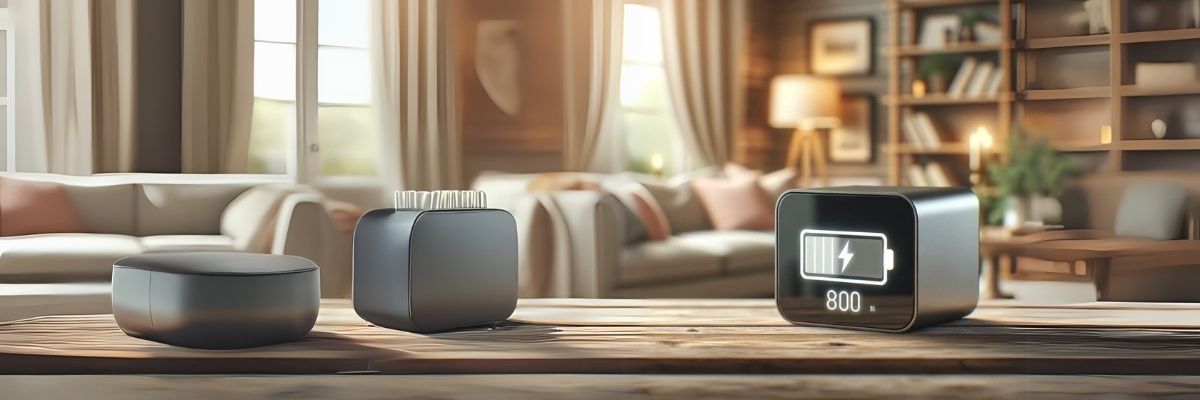
How Long Does a Portable Power Station Take to Charge?
Ever plugged in your portable power station and felt like watching paint dry while waiting for it to charge? Short answer: it depends. Charging time varies based on battery size, input power, and charging method. Some models charge in a couple of hours, while others take half a day. Let’s explore what affects charge times and how to speed things up!
Not sure which power station is right for you?
Take the quiz!
How Portable Power Station Batteries Work and Charge
How Long Does It Take to Charge a Portable Power Station?
Charging time depends on the battery capacity and the input method. Smaller power stations with 300Wh capacity may charge in 2–4 hours using a wall outlet, while larger 1,000Wh+ models can take 8–12 hours. Solar and car charging are slower but useful when wall power isn’t an option.
Battery Types and Their Impact on Performance
Lithium-Ion Batteries: Reliable and Long-Lasting
Lithium-ion batteries are the most common in portable power stations. They offer low self-discharge rates and hold a charge for months. Proper care—like avoiding extreme temperatures—extends their life and keeps them efficient.
Lead-Acid Batteries: Budget-Friendly but Higher Discharge
Lead-acid batteries discharge faster and are heavier. They’re cost-effective but require more frequent charging and care to remain usable over time.

Environmental Factors That Affect Battery Life
Heat Speeds Up Self-Discharge
Just like your phone, leaving a power station in a hot environment will cause it to lose charge more quickly. Keep it in a cool, shaded space to help maintain stored power.
Proper Storage Minimizes Power Loss
Storing your power station in a dry, temperate location helps extend its shelf life. Before storing, charge it to around 50% and avoid areas with high humidity or temperature swings.

Best Practices to Maintain Charge and Longevity
Top Up Regularly Instead of Full Drains
Letting a battery drain completely can shorten its lifespan. Topping up the battery every few months helps maintain its health, especially when not in regular use.
Use a Trickle Charger If Supported
Some advanced power stations have built-in battery management systems that support trickle charging. If your model allows, keeping it plugged in safely can maintain charge without overcharging the battery.


